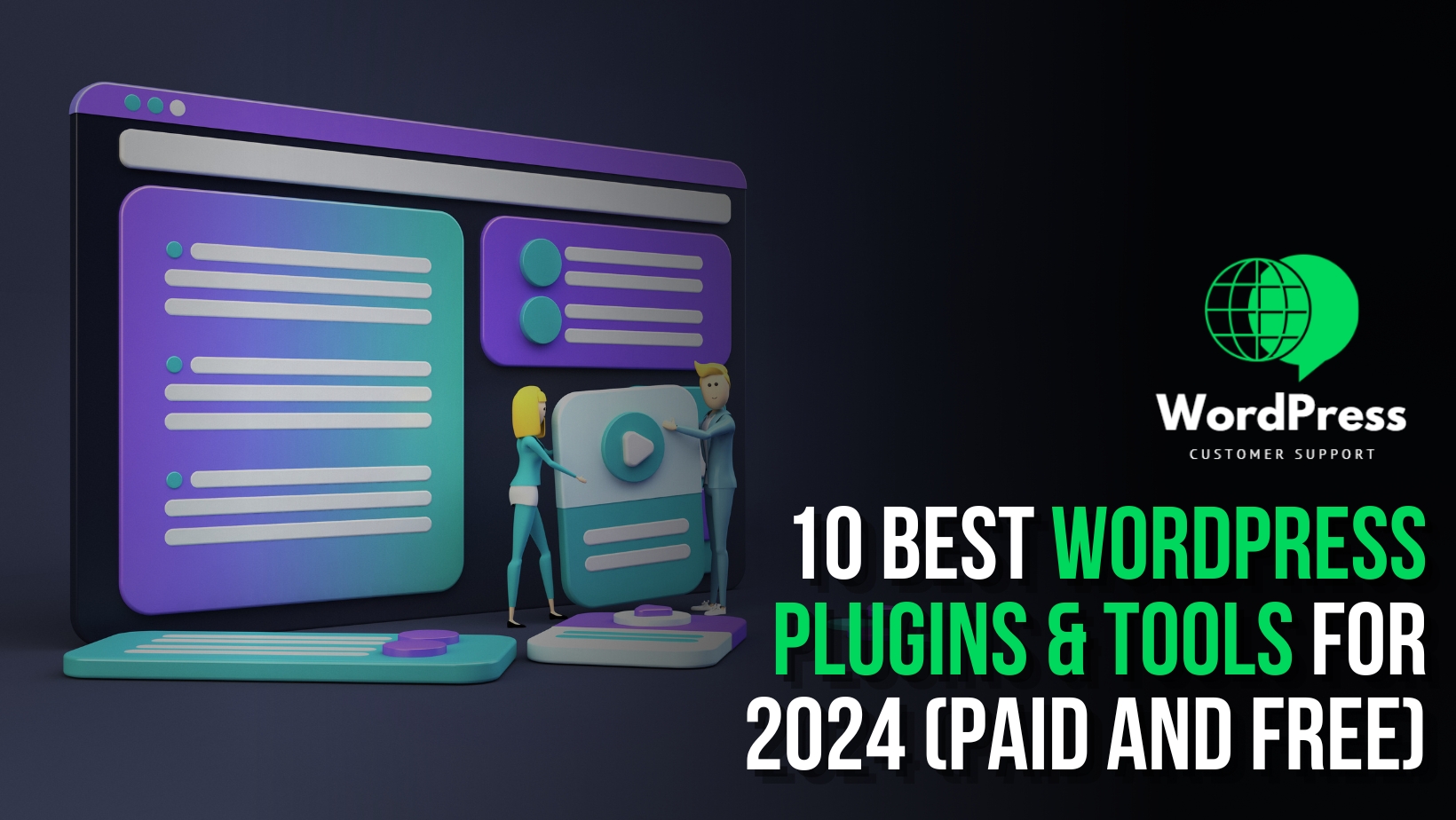Introduction
In the ever-evolving landscape of the internet, search engines play a pivotal role in helping users find the information they seek. Google, being the most dominant player in the search engine arena, constantly fine-tunes its algorithms to deliver the best possible search results. These updates, although often a mystery to website owners and digital marketers, are critical to understand. In this blog post, we will delve into the world of Google algorithm updates, exploring what they are, why they matter, and how you can adapt to stay ahead in the digital game.
Understanding Google Algorithm Updates
What Are Google Algorithm Updates?
Google’s algorithms are a complex set of rules and formulas that determine the ranking of web pages in search results. These algorithms are updated regularly, with thousands of minor tweaks happening each year, alongside several major updates that can significantly impact search rankings. Google typically doesn’t reveal all the specifics of these updates, but they aim to improve search results quality, relevance, and user experience.
Why Do These Updates Matter?
- Better User Experience: Google’s primary goal is to provide users with the most relevant and useful search results. Algorithm updates are designed to enhance the user experience by ensuring that top-ranked pages are high-quality, trustworthy, and relevant to the query.
- Fair Competition: Algorithm updates help level the playing field for websites. They prevent spammy or low-quality websites from manipulating the rankings, giving legitimate and high-quality sites a fair chance to shine.
- Adaptation to User Behavior: As user behavior changes, so do search algorithms. For instance, the rise of mobile search led to mobile-friendly ranking updates, emphasizing the importance of responsive design.
- Staying Competitive: For businesses and website owners, keeping up with algorithm updates is crucial. Falling behind can result in a drop in organic traffic and, subsequently, revenue.
Key Google Algorithm Updates
Over the years, Google has rolled out numerous algorithm updates. Some of the most noteworthy ones include:
1. Panda (2011)
The Panda update targeted low-quality content and websites with thin, duplicate, or plagiarized content. It aimed to reward high-quality, original content with better rankings. Websites with poor content saw their rankings plummet.
2. Penguin (2012)
Penguin was designed to combat spammy backlinks. It penalized websites engaging in black-hat SEO practices like link farming and keyword stuffing. Websites with unnatural link profiles were heavily impacted.
3. Hummingbird (2013)
Hummingbird marked a shift towards semantic search. It focused on understanding user intent and context to deliver more precise search results. Long-tail keywords and conversational queries gained importance.
4. Mobile-Friendly Update (2015)
With the proliferation of mobile devices, Google introduced this update to prioritize mobile-friendly websites in mobile search results. Responsive design and mobile optimization became critical.
5. RankBrain (2015)
RankBrain is Google’s machine learning AI system, helping to process search queries and understand the intent behind them. It played a role in interpreting ambiguous queries and delivering relevant results.
6. BERT (2019)
BERT (Bidirectional Encoder Representations from Transformers) improved the understanding of the context of words in search queries. It aimed to provide more accurate results for natural language queries.
7. Core Updates (Regularly)
Google rolls out core updates several times a year. These updates, while less specific, can have significant effects on rankings. They often focus on improving overall search quality.
How to Adapt to Google Algorithm Updates
Adapting to Google algorithm updates is essential to maintaining or improving your website’s rankings. Here are some strategies to help you navigate these changes:
- Quality Content: Always prioritize creating high-quality, informative, and engaging content. Focus on solving user problems and providing value.
- SEO Best Practices: Stay updated with SEO best practices and avoid any black-hat techniques. Ensure proper on-page and off-page SEO.
- Mobile Optimization: Ensure your website is mobile-friendly and loads quickly on mobile devices.
- User Experience: Improve the user experience on your site by optimizing site structure, navigation, and page load times.
- Regular Monitoring: Keep an eye on your website’s performance and rankings. Tools like Google Analytics and Google Search Console can be invaluable.
- Adaptability: Be prepared to adjust your strategies and tactics as new updates roll out. Stay informed about industry news and algorithm changes.
- Diversify Traffic Sources: Don’t rely solely on organic search traffic. Consider other sources like social media, email marketing, and paid advertising.
Conclusion
Google algorithm updates are an integral part of the digital landscape, shaping the way websites are ranked and, consequently, how users discover information online. Understanding these updates and adapting your strategies accordingly is crucial for maintaining or improving your online presence. By prioritizing quality content, ethical SEO practices, and a user-centric approach, you can not only survive but thrive in the world of Google’s ever-changing algorithms. Stay informed, stay adaptable, and stay competitive.














